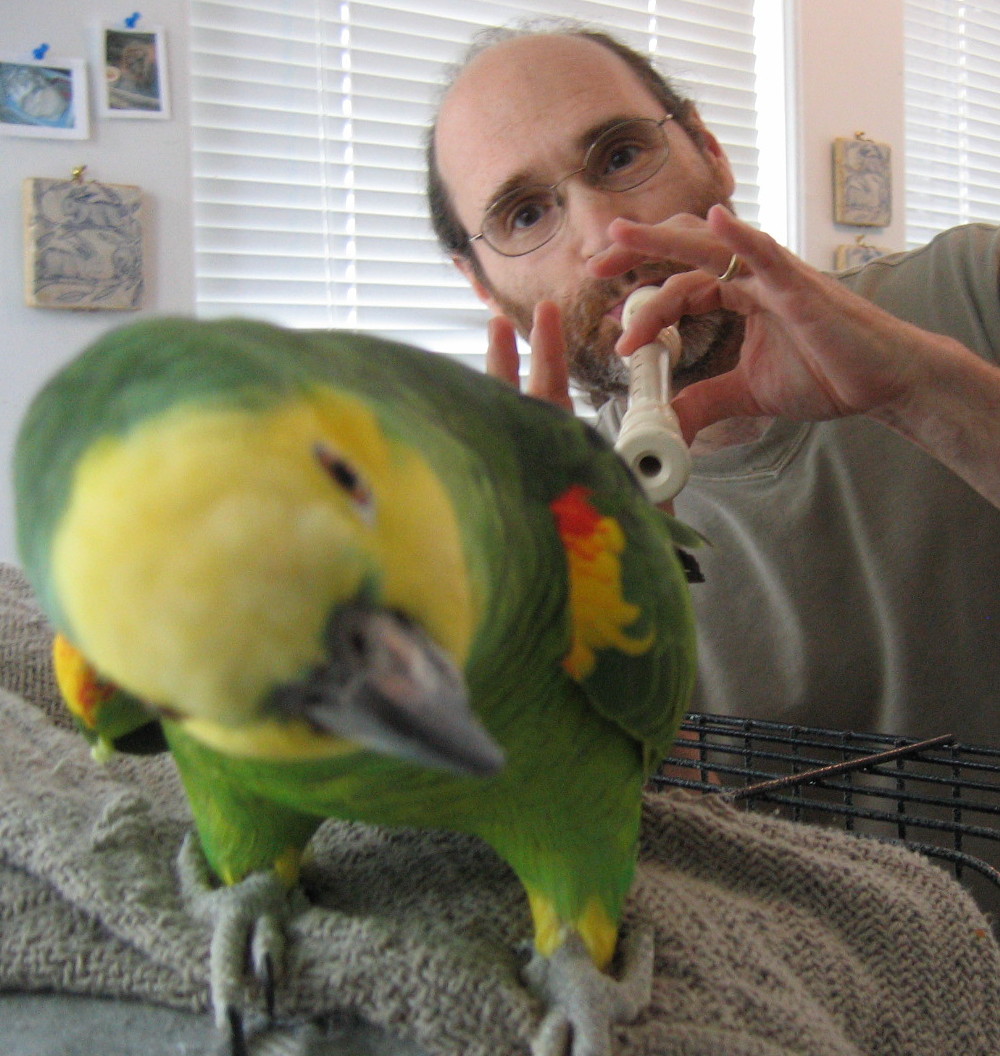Good Idea
A student of mine emailed me and said that he and a friend of his are going to do the Summer Music Connection together. This can have some extra benefit as they can work with the concepts together and certainly be able to see the subjective and objective come alive.
For example: One person could read the preparation questions to the other one and then switch it around. Feelthe difference when reading the questions as opposed to listening to them.
They could try to have a free expression time together. This can be done by taking some uncomplicated duets and playing them in different ways like:
1. Have an agreed upon concept then play the duet. After playing the duet, ask each other were we closer or further away from what we agreed upon.
2. Play a duet just focusing on rhythm, then just focusing on pitch, then just focusing on timbre and see what happens.
3. Listen to the other one read or speak something. Then try to listen to to rhythm, pitch and timbre of the one speaking. Feel what it causes in you when listening to the other one speak or play.
4. Find a tempo and do the 'fruit rhythm' exercise together. You might then want to go and make a mango yogurt shake! :-) I've never had one but they're probably really good. Feel the rhythms when you are doing them and sense the difference in your mind and body during each one.
5. Find a pitch you both can agree upon, and go through the vowels slowly. Get into the resonance of each one and feel the vibrations and overtones they produce. Then you can ask each other which one or ones feel or sit the best with you. Which one felt the best together?
Of course if you are on your own, you can experiment with the rhythms and timbres on your own. You can play a note or sing a note and get into the different vowel resonances. Note for brass players: Depending on the firmness and contour of one's embouchure, the vowels will react differently. The firmer my embouchure gets, not just in the corners, but in the lip area, a more open sounding vowel like a very warm air "aah" sound helps the balances in having a fuller overtone spectrum in the timbre of the tone. In the high range, I will have an "E" sound but also resonate it within a more open sound like "HHEE". This keeps the 'E" sound more open so the higher range doesn't get pinched off. If my embouchure is looser, then it affects the vowel sounds to be more in the "U" spectrum of resonance.
Wednesday, July 22, 2009
Subscribe to:
Post Comments (Atom)

No comments:
Post a Comment